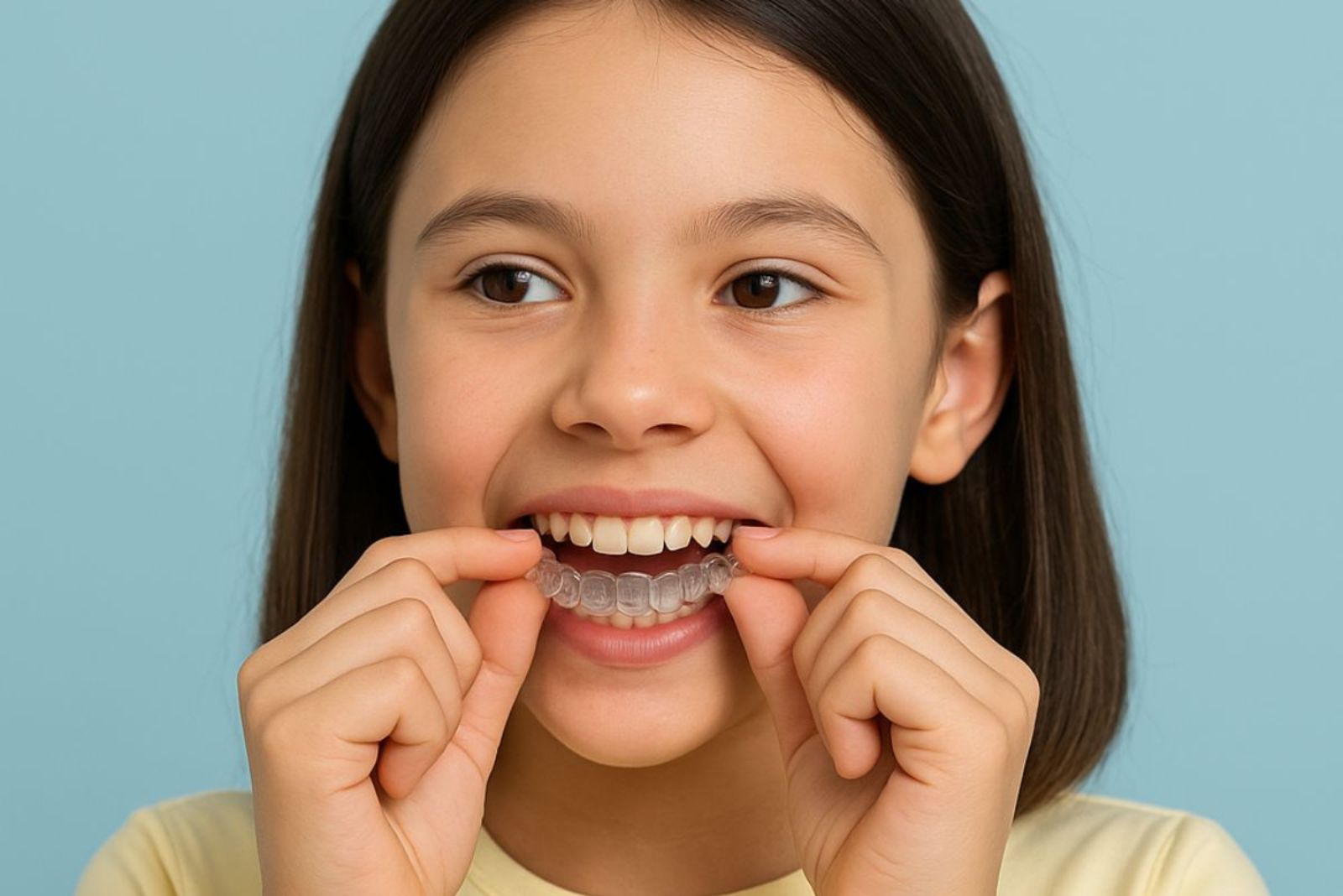Losing baby teeth is an exciting milestone in your child’s development—it’s a sign they’re growing up. But as a parent, you might be wondering, Should I pull my child’s loose tooth or let it fall out naturally? It’s a common question, and the answer might surprise you.
Some kids love the wiggly fun, while others panic at the first sign of a loose tooth. And while the temptation to speed up the process might be strong (especially with an impatient little one), removing a tooth too soon can cause more harm than good.
So, before you decide to go the DIY route or let a pediatric dentist handle it, read this blog till the end. We’ve put together everything you need to know —when to pull the tooth, when to wait, and how your pediatric dentist can help to make your child’s loose tooth removal as smooth (and painless) as possible.
Should you pull a child’s loose tooth?
No, not always! While it might be tempting to speed up the process (especially when your little one is constantly fiddling with their tooth), pulling them out too soon can lead to pain, infection, or even damage to the developing permanent tooth underneath.
Here’s when it’s okay to give it a gentle nudge:
- The tooth is barely hanging on, moving freely with just a little nudge.
- The gums around it aren’t swollen or bleeding.
- Your child feels no pain when wiggling the tooth.
And here’s when you should wait:
- The tooth is still firmly attached at the root.
- Your child complains of pain when moving it.
- There’s redness, swelling, or signs of infection around the gum.
ChatGPT said:
Either way, we recommend seeing your pediatric dentist in Methuen because the condition of the tooth might not always be clear. Pulling it out too soon or incorrectly can leave part of the root behind, causing unnecessary discomfort or even an infection.
Why do baby teeth become loose?
Baby teeth, also known as primary teeth, serve as placeholders for adult teeth. Around age 6 or 7, their roots begin to dissolve, making space for permanent teeth to push through. However, other factors can also cause a baby tooth to loosen:
- Normal development: The most common reason is permanent teeth pushing through.
- Accidental injury: A fall or bump to the mouth can loosen a tooth before its time.
- Gum disease: In rare cases, infections or poor oral hygiene can lead to premature tooth loosening.
When NOT to pull a loose tooth
Sometimes, even a very wiggly tooth needs more time before it can be pulled out. In these cases, let a pediatric dentist take a look to prevent complications. Avoid pulling the tooth out if:
- Your child has a loose tooth due to injury—always check with your pediatric dentist first.
- The tooth isn’t loose at all, but your child is eager for the Tooth Fairy’s visit.
- The tooth is breaking into pieces rather than coming out whole.
Can a pediatric dentist help with a loose baby tooth?
Absolutely! If the tooth isn’t coming out easily or your child experiences pain, a pediatric dentist can assess the situation. They ensure the child’s loose tooth removal is safe and painless and doesn’t cause unnecessary trauma to surrounding teeth and gums.
A dentist visit is also a good idea if:
- The adult tooth is coming in, but the baby tooth refuses to fall out.
- There’s excessive bleeding or signs of infection.
- Your child is nervous or fearful about removing a tooth.
Say Goodbye to Loose Baby Teeth the Right Way
So, should you pull your child’s loose baby tooth? Only if it’s truly ready. If it’s barely hanging on, a little nudge is fine. But if it’s stubborn, let nature (or a pediatric dentist) take care of it.
The key is to keep the process fun, stress-free, and safe. And, of course, don’t forget to play along when the Tooth Fairy comes knocking!
Have questions about your child’s teeth? Book an appointment with Happy Hoppers Dental Methuen for expert guidance on baby teeth, orthodontics, and all things pediatric dentistry!








